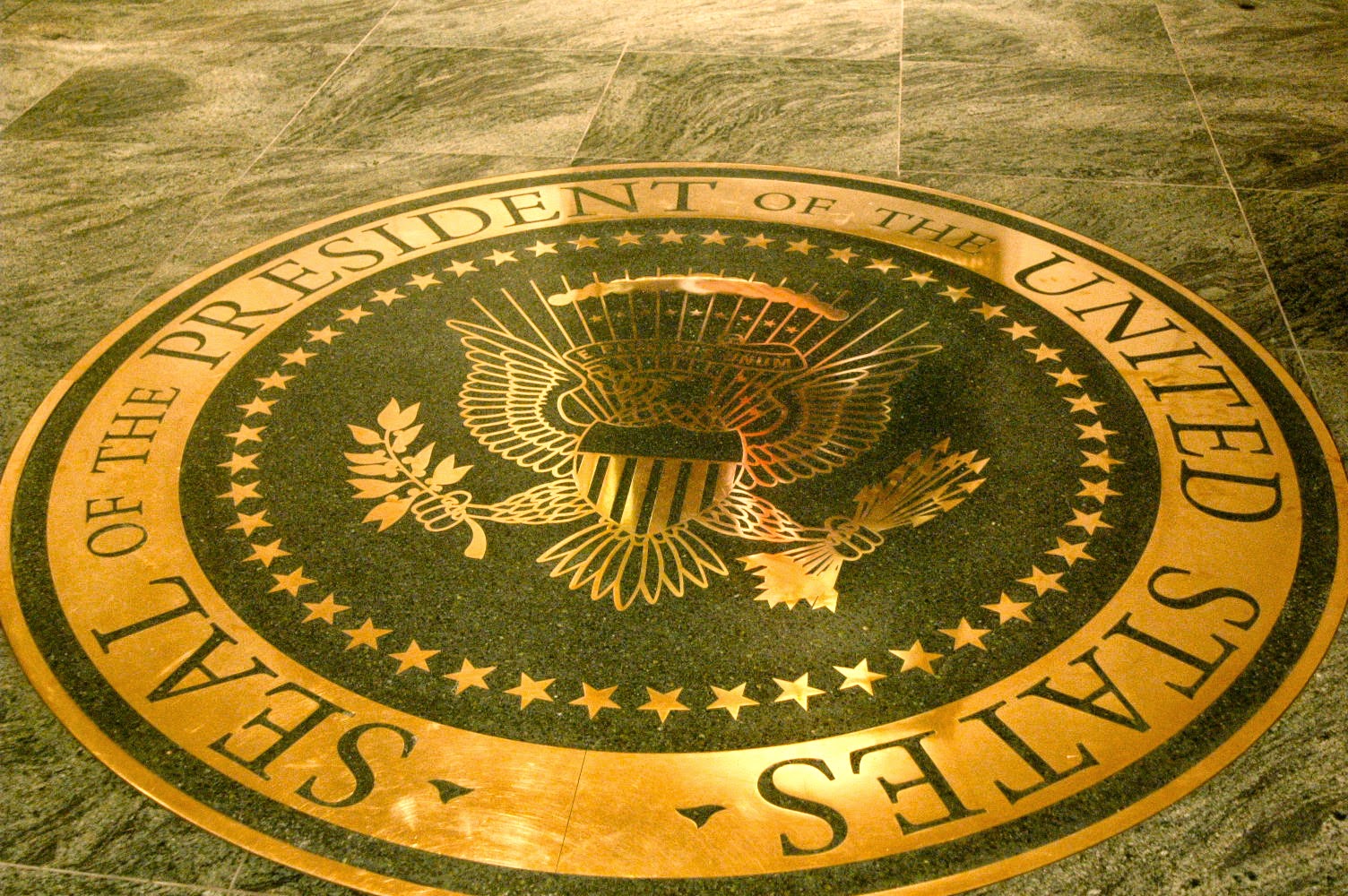When thinking of The Getty Center, many forget to mention The Getty Villa. Located in Pacific Palisades, California, The Villa is known for its Antiquity Collections. Open daily except for Tuesday, this cultural landmark in Los Angeles is a hidden gem. Admission is free however; all visitors need to print in advance a “timed-entry ticket” from The Getty Villa website. Parking is available for only $15. On this breezy day, our headsets are on and ready to start our tour.
http://www.biography.com/people/j-paul-getty-9309884
In 1970, Jean Paul Getty hired legendary architect Stephen Garrett to recreate “Villa dei Papiri” from Herculaneum. Herculaneum was a city destroyed from a volcano eruption in 79 A.D. Most of Villa dei Papiri remains unexcavated today. Mr. Getty envisioned inside The Getty Villa a replica of Villa dei Papiri. In 1974, Villa dei Papiri was completed and open to the public; it housed all of Mr. Getty's personal collections. “The Getty Villa is like an archaeological excavation site, upon arrival you must look down to get a glimpse of Villa dei Papiri just as if you were at an archaeological site,” said our tour guide.
Inside The Getty Villa you will be mesmerized by the architecture, gardens, and theaters. Villa dei Papiri exhibits over 1,200 sculptures; the galleries inside are organized by theme and special exhibits. The outer and inner Peristyle herb gardens at The Getty Villa are surreal. Nothing compares to it; you must see it for yourself. Every year, many plays, lectures and classical drama are scheduled at the theaters. If you wish to attend; make sure to check the schedule online.
http://www.getty.edu/visit/cal/
Historic sites such as The Getty Villa are perfect for a fun day with your family. Thank you, Mr. Getty for sharing your collections and educating us at your museums. Everyone who visits leaves inspired by his archaeological site.
Inside The Getty Villa you will be mesmerized by the architecture, gardens, and theaters. Villa dei Papiri exhibits over 1,200 sculptures; the galleries inside are organized by theme and special exhibits. The outer and inner Peristyle herb gardens at The Getty Villa are surreal. Nothing compares to it; you must see it for yourself. Every year, many plays, lectures and classical drama are scheduled at the theaters. If you wish to attend; make sure to check the schedule online.
http://www.getty.edu/visit/cal/



















































